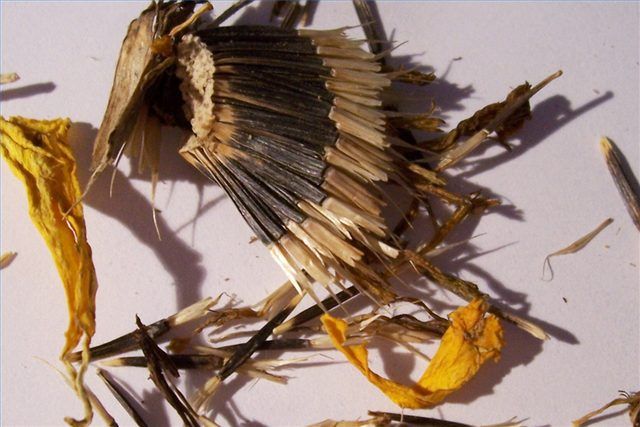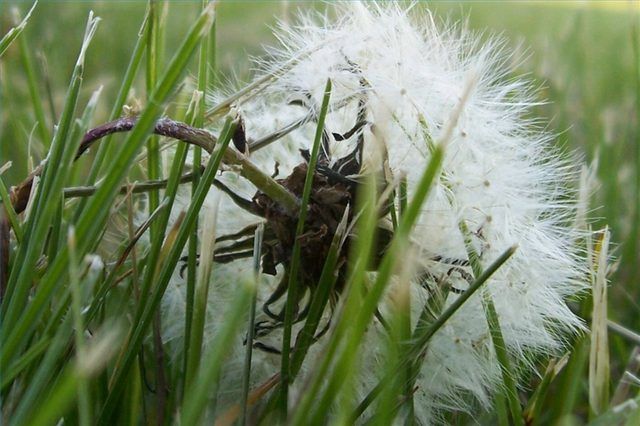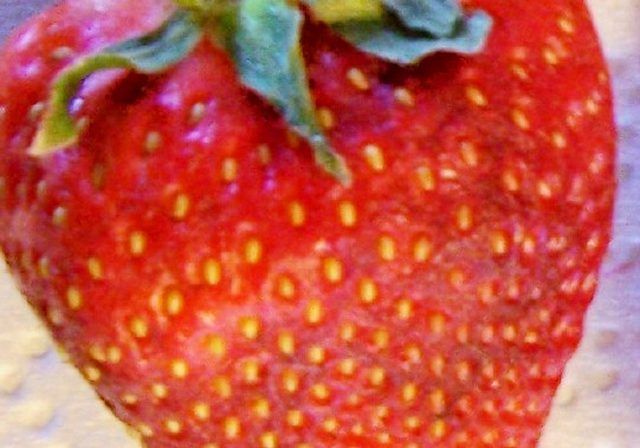Bulbs
Flower Basics
Flower Beds & Specialty Gardens
Flower Garden
Garden Furniture
Garden Gnomes
Garden Seeds
Garden Sheds
Garden Statues
Garden Tools & Supplies
Gardening Basics
Green & Organic
Groundcovers & Vines
Growing Annuals
Growing Basil
Growing Beans
Growing Berries
Growing Blueberries
Growing Cactus
Growing Corn
Growing Cotton
Growing Edibles
Growing Flowers
Growing Garlic
Growing Grapes
Growing Grass
Growing Herbs
Growing Jasmine
Growing Mint
Growing Mushrooms
Orchids
Growing Peanuts
Growing Perennials
Growing Plants
Growing Rosemary
Growing Roses
Growing Strawberries
Growing Sunflowers
Growing Thyme
Growing Tomatoes
Growing Tulips
Growing Vegetables
Herb Basics
Herb Garden
Indoor Growing
Landscaping Basics
Landscaping Patios
Landscaping Plants
Landscaping Shrubs
Landscaping Trees
Landscaping Walks & Pathways
Lawn Basics
Lawn Maintenance
Lawn Mowers
Lawn Ornaments
Lawn Planting
Lawn Tools
Outdoor Growing
Overall Landscape Planning
Pests, Weeds & Problems
Plant Basics
Rock Garden
Rose Garden
Shrubs
Soil
Specialty Gardens
Trees
Vegetable Garden
Yard Maintenance
How Do Plants Spread Their Seeds?
How Do Plants Spread Their Seeds?. Every fall, billions of seeds are released by millions of plants to become future trees, flowers, vegetables and weeds. Like most children, seeds move away from home. But they do it at an embryonic stage and appear to depend on apparently random methods to transport them far enough away from the parent plant to...

The Basic Plan
Every fall, billions of seeds are released by millions of plants to become future trees, flowers, vegetables and weeds. Like most children, seeds move away from home. But they do it at an embryonic stage and appear to depend on apparently random methods to transport them far enough away from the parent plant to find fresh ground where their growth will not compete with their parents' welfare. Humans harvest only a bit of this bounty. Millions of "wild" seeds survive wintry blasts, rocky landings and climatological variations to end up in new places where they can germinate, bear fruit and continue their species. Methods of dispersal range from the use of animals and weather to dynamic design and disasters.

Animals (Including Humans) and Weather
Some seeds adhere to fur coats with sticky barbs and ride along until grooming dislodges them. Some seeds are encased in gooey fruit that may stick to beaks of birds or the fur of sweet-toothed mammals until it is washed or wiped off. Seeds of fruits and vegetables are ingested by animals of all types who carry them around in their digestive systems and expel them in another place at a later time. If the animal washes in a river, the seed may float downstream. Wind or rain may blow seeds around or wash them away. The hazards are many: chemicals, digestive juices, and wind and water that deposit hundreds of sibling seeds where the competition may doom seeds before they have a chance to germinate. But hundreds of millions will settle and millions of those will land in a nurturing environment. Some will land in the same back yard as their parent plants. Some will fly for miles in all directions and grow in places from which their offspring will spread. Some may even journey across oceans or a desert in animal hosts, on the wings of birds or in cargo holds of ships or airplanes.

Design and Disasters
Some plants "throw their children out" of pods that tighten as they dry, eventually exploding and propelling seeds away from the parent plant. Some, like the "propellers" of the maple tree, turn and ride the wind on graceful wings of their own. A number of plants, like the Jack pine or Lodgepole pine, have developed a survival mechanism that also acts as a sort of birth control, dispersing seeds when a high temperature is reached. This happens only in years when fires burn brush that would choke the little trees. Other disasters, such as floods and cyclones, can wash or blow seeds hundreds of miles farther than everyday weather, moving species across continents---or across bays or land bridges. Given enough time, every species will travel far, making its own particular adaptations and developing new natural hybrids.
